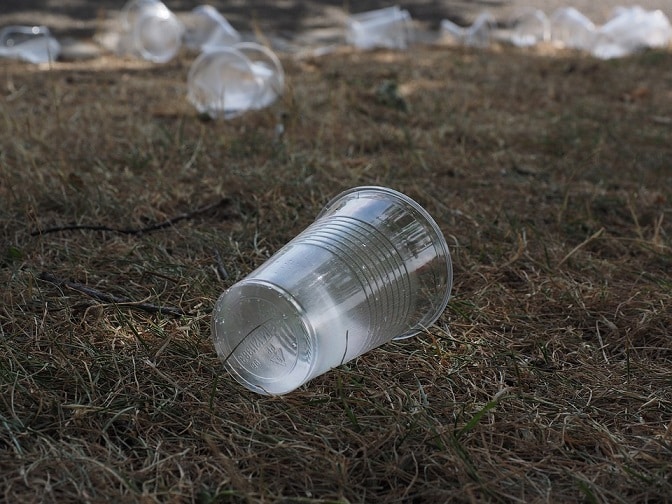It has long been suspected that the massive patch of floating debris in the North Pacific is not the only one, and scientists have recently confirmed this suspicion.
A research team has found a patch in the South Pacific that was formed by a swirling mix of currents and winds called a gyre, which concentrates the plastic waste into one area, believed to cover as much as 2.6 million square kilometres.
The team had been searching for this suspected patch for around 6 months after a recent study, led by marine eco-toxicologist Jennifer Lavers from the University of Tasmania in Australia, highlighted the huge volumes of plastic washing up on Henderson Island in the same part of the ocean.
Researchers visited the site of the South Pacific Garbage Patch to collect samples using dragnets, and oceanographer Charles Moore from the Algalita Marine Research Foundation said:
We discovered tremendous quantities of plastic. My initial impression is that our samples compared to what we were seeing in the North Pacific in 2007, so it’s about ten years behind.
Most of the plastic found was not in the form of shopping bags or plastic water bottles, but tiny plastic pieces smaller than grains of rice – this indicates the debris has been on a longer journey than the trash in the North Pacific. The problem is that because these pieces of plastic are so tiny, they are extremely difficult to clean up.
In the course of their study, the researchers counted more than 53,000 pieces of human-made trash, traced to 24 different countries of manufacture.
“After a while, your brain has to shut off. You focus on things like a toy soldier or some dice – something that reminds you of something fun from your childhood. That’s the coping mechanism,” said Lavers.
Humans are putting literally millions of tons of plastic into our oceans every year and while we may not see it, it should not be a case of out of sight, out of mind because this garbage is negatively impacting our marine life and affecting the ocean ecosystem, which in turn impacts the land on which we live.
Buy water coolers and rent water coolers from Living-Water.






